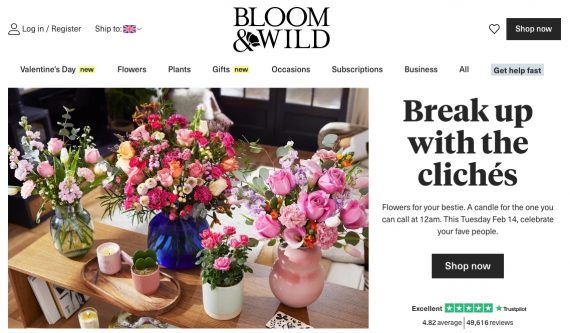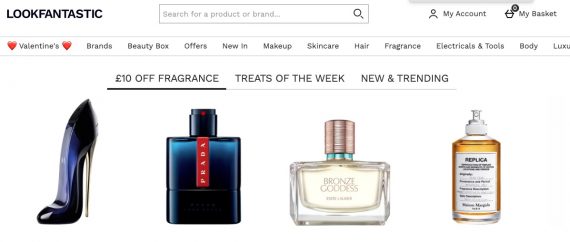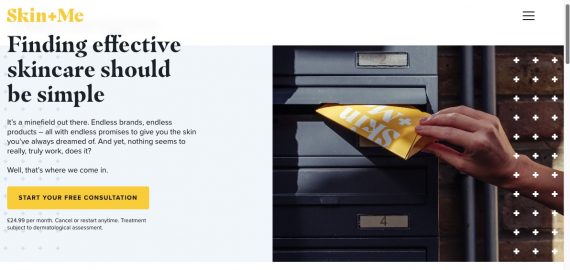Ecommerce merchants know the importance of customer service. But technology and consumer expectations are changing, prompting many sellers to evolve how and where they respond to shoppers.
Here’s how six online retailers approach customer service in 2023.
6 Customer Service Examples
Sainsbury’s. U.K. grocer Sainsbury’s uses a filtered approach to customer service. Shoppers answer questions to access contact options. This could frustrate folks who prefer the personal approach. But the advantage to Sainsbury’s is reduced staff by filtering out easily resolved queries through self-service support.
The range of contact options depends on the query type and includes phone, Facebook Messenger, Twitter, and a form. Sainsbury’s also offers British Sign Language via a video call.
—
Grind. Coffee brand Grind offers an email address as the primary way to get in touch. The site also has an FAQ page in an accordion format. That layout could be difficult to navigate as the content grows. Email remains the most popular customer service channel, per Statista. However, publishing the email address can result in many spam contacts. A form would be better.
—
Bloom & Wild. Online florist Bloom & Wild offers multiple contact options: live chat, contact form, Whatsapp, and Facebook Messenger. The site publishes the average wait time for live chat, indicating the preferred channel. Many businesses now use live, instant messaging as the primary contact option. It facilitates quick resolutions in a single interaction — avoiding the delays associated with email — and results in higher customer satisfaction and fewer open cases.

Bloom & Wild offers multiple contact options: live chat, contact form, Whatsapp, and Facebook Messenger.
—
LookFantastic. Beauty retailer LookFantastic provides a help center with an order tracker and multiple contact options — live chat, Apple iMessage, Facebook, and Twitter. “Where is my order?” is the top support query for online merchants in my experience. Thus emphasizing order tracking is a good way to reduce queries and improve the shopping experience.
—
Boardshop. Online surf store Boardshop offers a personal approach to customer service, providing a general email address, a form, and names of two support personnel on the contact-us page — plus a phone number and postal address.

Boardshop offers a personal approach on the contact-us page: a general email address, a form, and the names of two support personnel — plus a phone number.
—
Skin+Me. Subscription beauty brand Skin+Me operates customer service solely via email. The staff responds to Facebook comments but pushes customer service queries back to email rather than answering on the platform. This presumably helps the company but likely frustrates shoppers who cannot obtain instant answers.
Reducing Costs; Helping Shoppers
Consumers’ service expectations are rapidly evolving. Businesses are experimenting with new approaches that reduce costs while improving the shopping journey.
Here are key takeaways:
- Make the help section prominent. Link to it from your site’s main menu and footer.
- Analyze top queries and include them in FAQs.
- Showcase the top FAQS before the contact options to encourage self-service.
- Set clear expectations on response times to reduce customer frustration.
- Take advantage of chatbot technology for 24/7 automated support.
- Consider specialist software such as Zendesk and Freshdesk for a multichannel approach.








